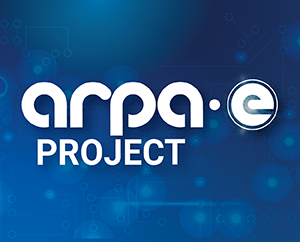Distributed Energy Resource Networks

Technology Description:
Stanford University will develop Powernet, an open-source and open architecture platform for scalable and secure coordination of consumer flexible load and DERs. Powernet will be based on the principle of connecting information networks to the power network (connecting bits and watts). It uses a layered architecture that enables real-time coordination of centralized resources with millions of DERs by integrating embedded sensing and computing, power electronics, and networking with cloud computing. The team will develop a Home Hub system capable of networking with existing inverters and appliances in a home and controlling power via smart switches that replace traditional fuses. The Home Hub will also use algorithms for aggregating local customer resources to meet local constraints and global coordination objectives. A cloud-based cloud coordinator platform will be developed that executes optimization and monitoring functions to coordinate Home Hubs by minimizing costs while increasing aggregate consumer quality-of-service.
Potential Impact:
If successful, projects included in the NODES Program will develop innovative hardware and software solutions to integrate and coordinate generation, transmission, and end-use energy systems at various points on the electric grid. These control systems will enable real-time coordination between distributed generation, such as rooftop and community solar assets and bulk power generation, while proactively shaping electric load. This will alleviate periods of costly peak demand, reduce wasted energy, and increase renewables penetration on the grid.
Security:
Innovations from this program would help the U.S. grid assimilate at least 50% of renewable generation and provide system reliability and resiliency while managing emerging energy generation and consumption patterns.
Environment:
The addition of flexible loads and DERs into the U.S. grid could offset 3.3 quads of thermal generation and displace 290 million tons of CO2 emissions.
Economy:
Using the NODES approach to integrate flexible loads and DERs into the grid could replace 4.5 GW of spinning reserves (i.e. generation capacity on stand-by in case of outages and unforeseen intermittency), a value of $3.3 billion per year. A more efficient and reliable grid would help protect U.S. businesses from costly power outages and brownouts.
Contact
ARPA-E Program Director:
Dr. Mario Garcia-Sanz
Project Contact:
Prof. Ram Rajagopal
Press and General Inquiries Email:
ARPA-E-Comms@hq.doe.gov
Project Contact Email:
ramr@stanford.edu
Partners
SLAC National Accelerator Laboratory
University of Florida
Related Projects
Release Date:
02/04/2015
